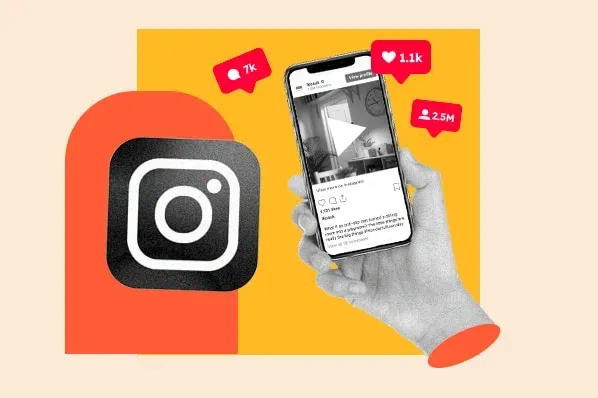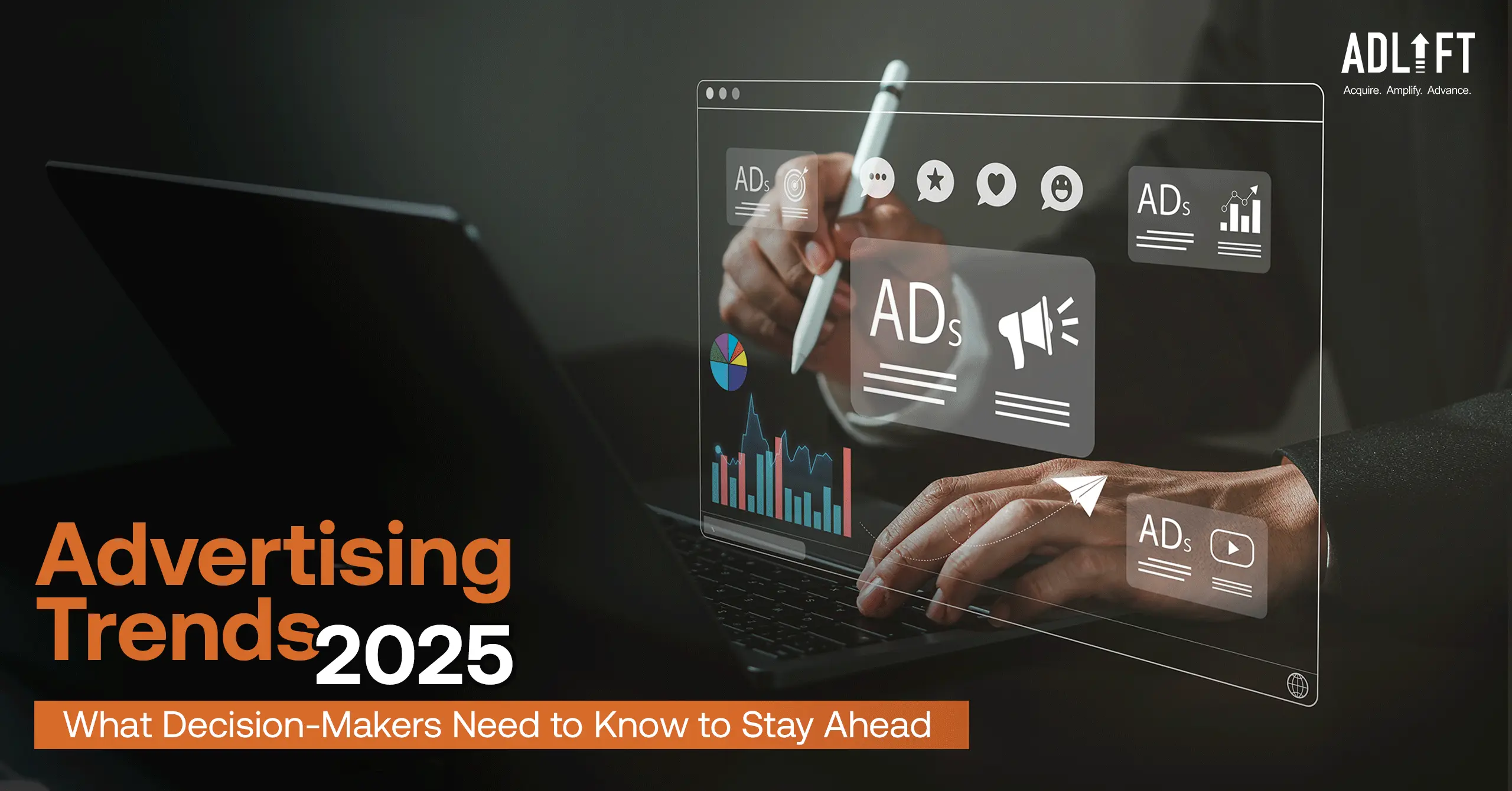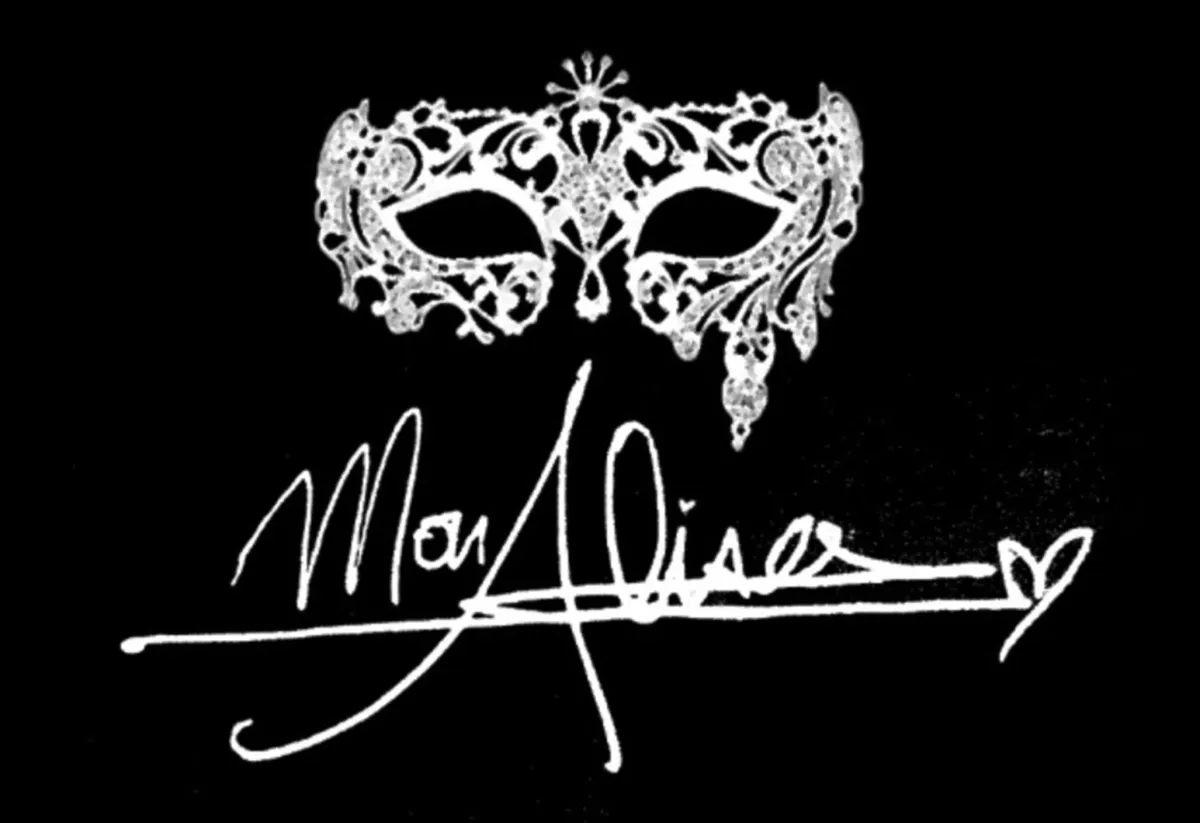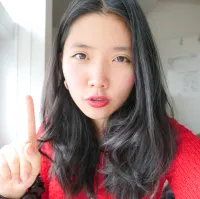
MonAlisa Leads & Branding
MonAlisa Leads & Branding
Video & Sales
Focused
Creative Agency
Welcome to the combination of Gen-Z social media ads and old school cold calling marketing combine together.
Video & Sales
Focused
Creative Agency
Welcome to the combination of Gen-Z social media ads and old school cold calling marketing combine together.
VISUAL IS EVERYTHING IN TODAY'S WORLD.
Watch My Youtube Videos!
John Doe
Check out My Content

Industry Trends for Ads, Social Media, and Trendy Music in 2025
FAQ: Common Questions About Advertising, Social Media, and Music Trends
Q1: What are the biggest advertising trends in 2025?
The top trends include AI-driven creativity, ultra-short video ads, immersive formats like AR/VR, and a strong focus on data privacy and personalization.
Q2: How is social media evolving for marketers in 2025?
Social media platforms are increasingly optimized for SEO, with a focus on high-quality visuals, motion graphics, and minimalistic design to boost engagement and discoverability.
Q3: What role does trendy music play in advertising and social media?
Trend-driven music, especially short-form tracks popular on platforms like TikTok, is essential for capturing audience attention and enhancing brand recall in ads and social content.
Q4: How important is video content in current advertising strategies?
Video content dominates ad spend, with a preference for very short, engaging videos (often under 30 seconds) to match consumers’ shrinking attention spans.
Q5: How can businesses stay competitive with these trends?
By adopting AI tools for creative production, leveraging immersive ad formats, optimizing social media posts for search, and integrating trendy music strategically, brands can enhance engagement and ROI.
Introduction
In the fast-paced digital landscape of 2025, staying ahead in advertising, social media, and music trends is crucial for brands aiming to capture attention and drive engagement. With global ad spend surpassing $1 trillion and digital channels commanding nearly 73% of investments, marketers must adapt to evolving consumer behaviors and technological innovations. This blog explores the latest industry trends shaping ads, social media, and trendy music, offering actionable insights for businesses worldwide.

H2: Advertising Trends in 2025
H3: AI-Driven Creativity
Artificial intelligence is revolutionizing ad creation. Brands now use AI tools like ChatGPT and DALL·E to generate innovative visuals and copy, reducing production costs by up to 30% while maintaining creativity. For instance, Heinz created AI-generated images blending pop art with product imagery, demonstrating how nostalgia and technology merge to captivate audiences.
H3: Short-Form Video Dominance
Consumers demand quick, engaging content. Mobile video ad spending in the US alone is projected to reach $53.9 billion by 2025, with most ads under 30 seconds. Platforms like Instagram, Twitter, and Facebook have specific optimal video lengths to maximize retention—30 seconds, 45 seconds, and 1 minute respectively. Ultra-short, highly engaging videos help brands beat the "skip" button and hold viewer attention.
H3: Immersive and Interactive Formats
Augmented reality (AR), virtual reality (VR), and interactive video ads are gaining traction. Walmart’s AR-powered “Try It On” feature allows users to visualize products in their homes, enhancing the shopping experience and increasing engagement rates by up to 40%. These immersive formats create memorable brand interactions beyond traditional ads.
H3: Data Privacy and Personalization
With growing regulations, advertisers must balance personalization with privacy. Data-driven targeting remains essential but requires transparent, ethical practices to maintain consumer trust. Brands that successfully navigate this landscape will build stronger, long-term relationships.
H2: Social Media Trends for 2025

H3: SEO Optimization on Social Platforms
Social media is not just for engagement but also a powerful search engine. Optimizing posts with relevant keywords, hashtags, and metadata increases visibility both within platforms and on external search engines like Google. Brands like H&M use detailed descriptions to enhance discoverability and drive traffic.

H3: Visual Quality and Creative Diversity
High-quality visuals, including static images and motion graphics, are critical. Platforms like Facebook and Instagram prioritize well-crafted creatives, and AI tools now assist marketers in producing diverse ad formats efficiently. Motion graphics add excitement and help brands stand out in crowded feeds.
H3: Embracing Design Trends
Minimalism, motion graphics, and neumorphism (soft UI) dominate social media design in 2025. Minimalism uses clean lines and ample white space to highlight key messages, while motion graphics add dynamic engagement. Neumorphism creates a tactile, futuristic feel, appealing to tech-savvy audiences.
H3: Experimenting with Trends and Formats
Brands must stay agile by experimenting with emerging trends and formats, including short videos, stories, reels, and live content. This approach keeps content fresh and resonates with evolving audience preferences.
H2: The Role of Trendy Music in Ads and Social Media
H3: Music as an Engagement Driver
Music is a powerful emotional trigger that enhances ad recall and social media engagement. Short, catchy tracks popular on TikTok and Instagram Reels often become viral, helping brands tap into cultural moments and youth trends.
H3: Integration with Short-Form Video
The synergy between trendy music and short-form video content is undeniable. Brands that align their ads with popular music trends see higher engagement and shareability, making music a strategic asset in digital marketing.
H3: Licensing and Ethical Use
With music’s growing importance, brands must ensure proper licensing to avoid legal issues while leveraging music to build authentic connections.
Summary
In 2025, the advertising and social media landscape is defined by AI-driven creativity, short-form video dominance, immersive ad formats, and a strong emphasis on SEO and design trends. Trendy music plays a crucial role in amplifying engagement, especially on social platforms. To succeed, businesses must embrace these innovations while respecting data privacy and continuously experimenting with new formats.
Call to Action
Ready to elevate your brand with cutting-edge advertising, social media strategies, and trend-savvy music integration? Contact us today for a personalized consultation or book a demo to see how our expert team can help you stay ahead in 2025 and beyond. Don’t miss out on the future of digital marketing—let’s grow together!

Industry Trends for Ads, Social Media, and Trendy Music in 2025
FAQ: Common Questions About Advertising, Social Media, and Music Trends
Q1: What are the biggest advertising trends in 2025?
The top trends include AI-driven creativity, ultra-short video ads, immersive formats like AR/VR, and a strong focus on data privacy and personalization.
Q2: How is social media evolving for marketers in 2025?
Social media platforms are increasingly optimized for SEO, with a focus on high-quality visuals, motion graphics, and minimalistic design to boost engagement and discoverability.
Q3: What role does trendy music play in advertising and social media?
Trend-driven music, especially short-form tracks popular on platforms like TikTok, is essential for capturing audience attention and enhancing brand recall in ads and social content.
Q4: How important is video content in current advertising strategies?
Video content dominates ad spend, with a preference for very short, engaging videos (often under 30 seconds) to match consumers’ shrinking attention spans.
Q5: How can businesses stay competitive with these trends?
By adopting AI tools for creative production, leveraging immersive ad formats, optimizing social media posts for search, and integrating trendy music strategically, brands can enhance engagement and ROI.
Introduction
In the fast-paced digital landscape of 2025, staying ahead in advertising, social media, and music trends is crucial for brands aiming to capture attention and drive engagement. With global ad spend surpassing $1 trillion and digital channels commanding nearly 73% of investments, marketers must adapt to evolving consumer behaviors and technological innovations. This blog explores the latest industry trends shaping ads, social media, and trendy music, offering actionable insights for businesses worldwide.

H2: Advertising Trends in 2025
H3: AI-Driven Creativity
Artificial intelligence is revolutionizing ad creation. Brands now use AI tools like ChatGPT and DALL·E to generate innovative visuals and copy, reducing production costs by up to 30% while maintaining creativity. For instance, Heinz created AI-generated images blending pop art with product imagery, demonstrating how nostalgia and technology merge to captivate audiences.
H3: Short-Form Video Dominance
Consumers demand quick, engaging content. Mobile video ad spending in the US alone is projected to reach $53.9 billion by 2025, with most ads under 30 seconds. Platforms like Instagram, Twitter, and Facebook have specific optimal video lengths to maximize retention—30 seconds, 45 seconds, and 1 minute respectively. Ultra-short, highly engaging videos help brands beat the "skip" button and hold viewer attention.
H3: Immersive and Interactive Formats
Augmented reality (AR), virtual reality (VR), and interactive video ads are gaining traction. Walmart’s AR-powered “Try It On” feature allows users to visualize products in their homes, enhancing the shopping experience and increasing engagement rates by up to 40%. These immersive formats create memorable brand interactions beyond traditional ads.
H3: Data Privacy and Personalization
With growing regulations, advertisers must balance personalization with privacy. Data-driven targeting remains essential but requires transparent, ethical practices to maintain consumer trust. Brands that successfully navigate this landscape will build stronger, long-term relationships.
H2: Social Media Trends for 2025

H3: SEO Optimization on Social Platforms
Social media is not just for engagement but also a powerful search engine. Optimizing posts with relevant keywords, hashtags, and metadata increases visibility both within platforms and on external search engines like Google. Brands like H&M use detailed descriptions to enhance discoverability and drive traffic.

H3: Visual Quality and Creative Diversity
High-quality visuals, including static images and motion graphics, are critical. Platforms like Facebook and Instagram prioritize well-crafted creatives, and AI tools now assist marketers in producing diverse ad formats efficiently. Motion graphics add excitement and help brands stand out in crowded feeds.
H3: Embracing Design Trends
Minimalism, motion graphics, and neumorphism (soft UI) dominate social media design in 2025. Minimalism uses clean lines and ample white space to highlight key messages, while motion graphics add dynamic engagement. Neumorphism creates a tactile, futuristic feel, appealing to tech-savvy audiences.
H3: Experimenting with Trends and Formats
Brands must stay agile by experimenting with emerging trends and formats, including short videos, stories, reels, and live content. This approach keeps content fresh and resonates with evolving audience preferences.
H2: The Role of Trendy Music in Ads and Social Media
H3: Music as an Engagement Driver
Music is a powerful emotional trigger that enhances ad recall and social media engagement. Short, catchy tracks popular on TikTok and Instagram Reels often become viral, helping brands tap into cultural moments and youth trends.
H3: Integration with Short-Form Video
The synergy between trendy music and short-form video content is undeniable. Brands that align their ads with popular music trends see higher engagement and shareability, making music a strategic asset in digital marketing.
H3: Licensing and Ethical Use
With music’s growing importance, brands must ensure proper licensing to avoid legal issues while leveraging music to build authentic connections.
Summary
In 2025, the advertising and social media landscape is defined by AI-driven creativity, short-form video dominance, immersive ad formats, and a strong emphasis on SEO and design trends. Trendy music plays a crucial role in amplifying engagement, especially on social platforms. To succeed, businesses must embrace these innovations while respecting data privacy and continuously experimenting with new formats.
Call to Action
Ready to elevate your brand with cutting-edge advertising, social media strategies, and trend-savvy music integration? Contact us today for a personalized consultation or book a demo to see how our expert team can help you stay ahead in 2025 and beyond. Don’t miss out on the future of digital marketing—let’s grow together!
Successes Case Project
More Alisa's Brand

Competition & Attorney
Financial

Giving Million Air Wings
Violence

Car Accident Insurance
Founder

ZADKA

